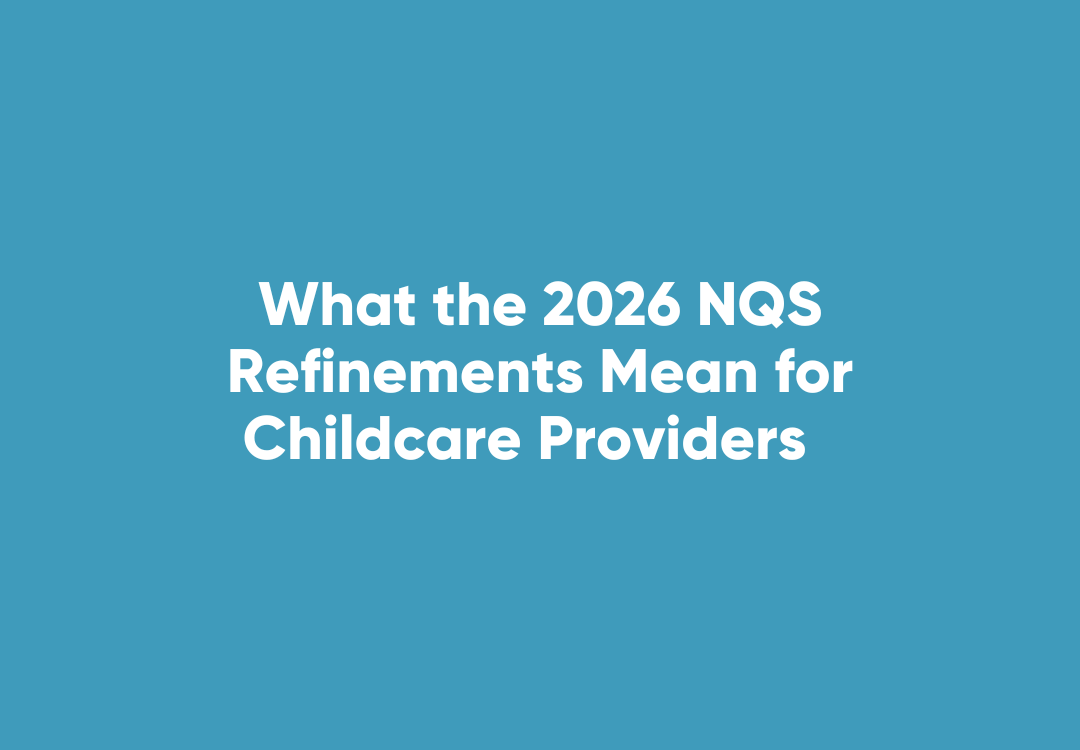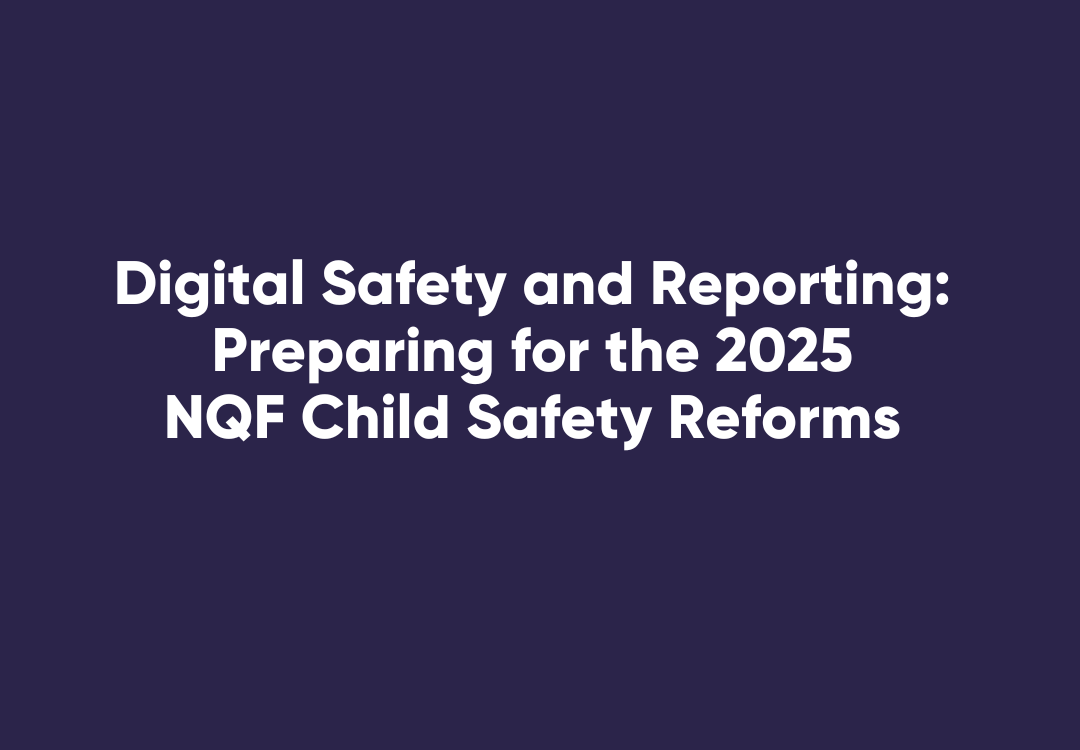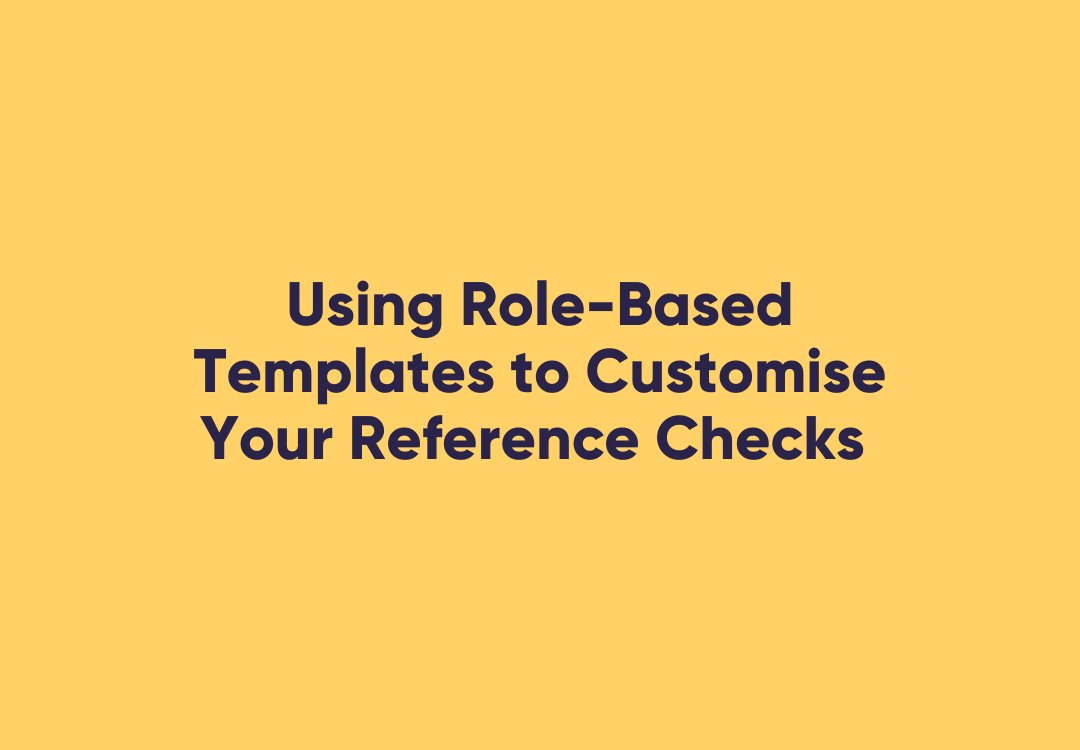How You Can Best Use An Ageing Workforce
The Australian workforce is ageing. Currently, 1 in 4 Australians are aged over 55. This will increase to 1 in 3 Australians by next decade. So what does this mean for business when it comes to the best candidates? Here are some of the benefits for choosing older employees.
Experience
If there’s one thing you can’t fake, it’s experience, and older employees have it in spades. Experienced, more mature workers have the advantages of being able to methodologically work through challenges independently and may be able to offer multiple solutions, as they refer to their work history. Harness this experience to help bridge the gap and provide support to younger workers. Often, it’s intangible things like experience that can turn a solid candidate from a worker to an invaluable asset.
Wider Skill Sets
Over the course of an employee’s working life, they will develop different skill sets that make them a better asset. Whilst younger candidates may have more up-to-date qualifications, their skill sets have not been shaped by the workforce. Older candidates, however, have been repeatedly put through the rigor of the workforce, and have had their skills become ‘work-ready’. Older workers tend to have experienced different industries, which means that they have incorporated skills from diverse backgrounds, rather than just having a narrow focus or specialty. When you’re looking to employ a candidate, the more skills they have, the more valuable they can be to a business.
Loyalty = Maintaining Intelligence and Increasing Productivity
With as much as 30% of the workforce set to change jobs in the next 12 months, employers need to be conscious of how they retain their workforce. No-one wants to be caught in a cycle of training and inducting new employees, only to be stuck looking for new candidates when those same employees move to another career soon after finishing their training. Older employees tend to be more loyal, so spending time investing in their induction and training will turn into a rich investment. In return, the induction of older workers may tend to be shorter, because of their past work experience.
Coupled with experience and a broader skillset, the engagement of older workers can bring stability, and gives younger workers the opportunity to be supported by maturity, as well as receive a wealth of experience. WorkPro can provide your employees with up-to-date knowledge regarding the best practices for any workplace environment. Find out how WorkPro can help make your workforce happier and safer here, and be secure in the knowledge that your employees are work ready!












